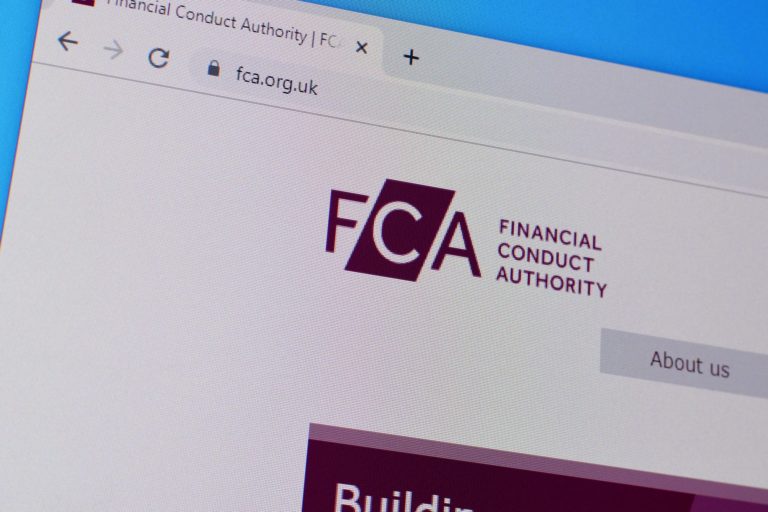Common Bank Statement Mistakes That Could Delay Your Mortgage

Applying for a mortgage is exciting, but it often involves more scrutiny than people expect. One of the first things a lender looks at is your bank statements and Bank Statement Mistakes. They give a real-time picture of how your money is managed, whether your income is steady, and whether your spending habits suggest you can comfortably take on a mortgage.
For many buyers, this can feel like an extra layer of pressure. The good news is that most issues seen on bank statements are entirely avoidable once you know what lenders are watching for.
Here are the most common red flags, what they mean, and how to prepare.
Frequent use of overdrafts Bank Statement Mistakes
Occasional dips into an arranged overdraft rarely cause problems, particularly if your overall finances look stable. The concern arises when there is a clear pattern of relying on overdrafts to get through the month. If this happens regularly, lenders may question whether the mortgage payments will be manageable.
Gambling transactions
Even small, regular payments to online betting companies are closely reviewed. Lenders are not judging your lifestyle, but they do have to consider financial stability and self-control. Regular gambling activity can be seen as a higher risk when considering long-term borrowing.
Payday loans
Repayments to short-term lenders usually signal previous financial strain. These types of loans can make mainstream borrowing more challenging, as they could suggest difficulties meeting regular commitments in the past.
Large or unexplained transfers
Significant sums moving in or out of your account without a clear reason can raise questions about undisclosed debts, informal loans, or financial arrangements that haven’t been declared. Lenders need to understand your full financial position to assess affordability.
Irregular or inconsistent income
For people with variable income, such as those on commission or freelance work, lenders look for predictability. If income fluctuates widely without a clear pattern, it may prompt further questions. Supporting documents, such as invoices or payslips, can help provide reassurance.
Missed payments Bank Statement Mistakes
Late payments for small items like subscriptions may seem trivial, but they can indicate struggles with day-to-day money management. A single slip is unlikely to cause an issue, but repeated missed payments can weaken a lender’s confidence.
The bigger picture
It is important to remember that no single entry on a statement is judged in isolation. Lenders look at overall stability, consistency, and whether your outgoings appear well managed. Occasional oddities are not unusual. What matters is the general pattern.
How to prepare your statements
You cannot change the past, but you can take sensible steps to present your finances clearly and avoid unnecessary delays. These include:
- Ensuring all bills are paid on time.
- Keeping a buffer in your account where possible.
- Avoiding new borrowing in the months before applying.
- Being ready to explain any irregular transactions.
If you know your income varies from month to month, preparing evidence upfront can make the process smoother.
Why this matters
For many first-time buyers and home movers, the mortgage application process can feel daunting. Bank statements are designed to help lenders check that repayments will be sustainable, not to catch people out. Understanding what lenders look for can make the process far less overwhelming and help your application progress more smoothly.
For more information go to Mortgage – The Finance House
For information on The Finance House go to 503683 – Search Firms – FCA Register
Your home/property may be repossessed if you do not keep up repayments on a mortgage or other debt secured on it.
All the information in this article is correct as of the publish date 27th November 2025. The opinions expressed in this publication are those of the authors. The information provided in this article, including text, graphics and images does not, and is not intended to, substitute advice; instead, all information, content, and materials available in this article are for general informational purposes only. Information in this article may not constitute the most up-to-date legal or other information.
Please be aware that by clicking on to any of the above links you are leaving our website. Please note that neither we nor HL Partnership Limited are responsible for the accuracy of the information contained within the linked site(s) accessible from this page.








